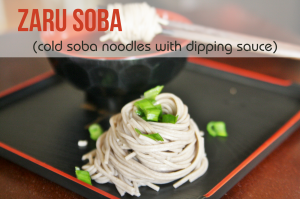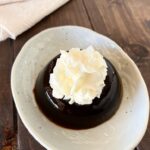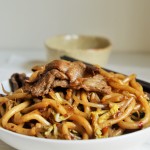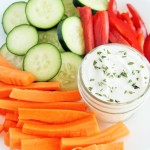Last Updated on April 15, 2022 by Karen
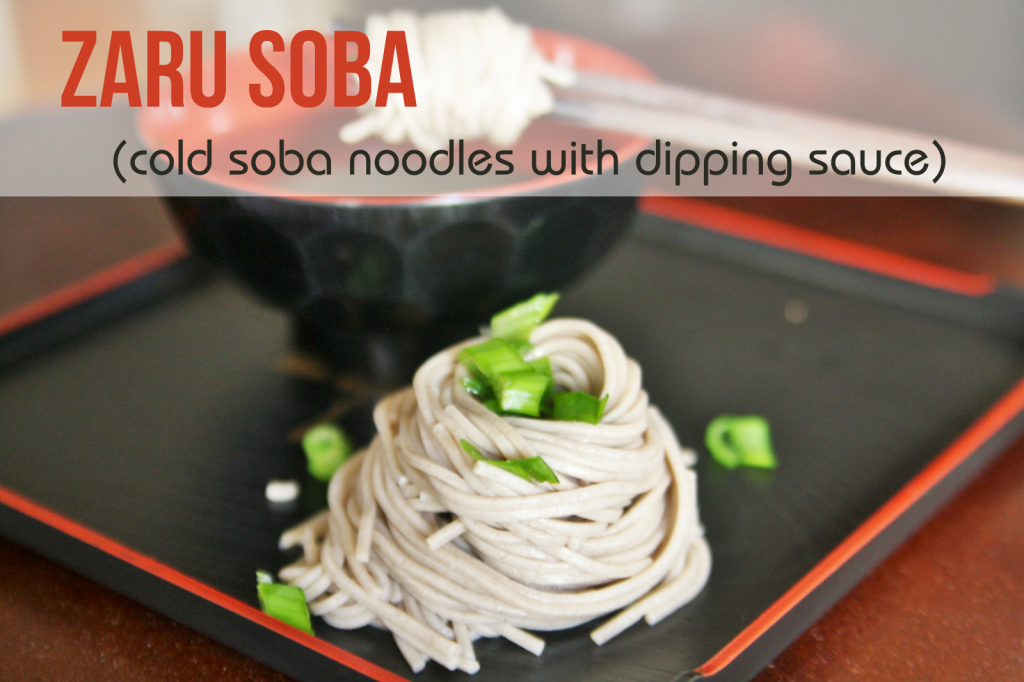 I’m one of those people who like to eat everything piping hot, all year round. Sometimes when a dish has sit out in room temperature for too long, I have to rewarm it in the microwave before I can eat it. I’m so stubborn when it comes to that. Well, except for zaru soba, which is especially refreshing when served icy cold in warm weather. This past weekend, we got a preview of the warmer days to come, which hopefully will happen soon. I hope we didn’t lose an hour of sleep from Daylight Savings for nothing!
I’m one of those people who like to eat everything piping hot, all year round. Sometimes when a dish has sit out in room temperature for too long, I have to rewarm it in the microwave before I can eat it. I’m so stubborn when it comes to that. Well, except for zaru soba, which is especially refreshing when served icy cold in warm weather. This past weekend, we got a preview of the warmer days to come, which hopefully will happen soon. I hope we didn’t lose an hour of sleep from Daylight Savings for nothing!
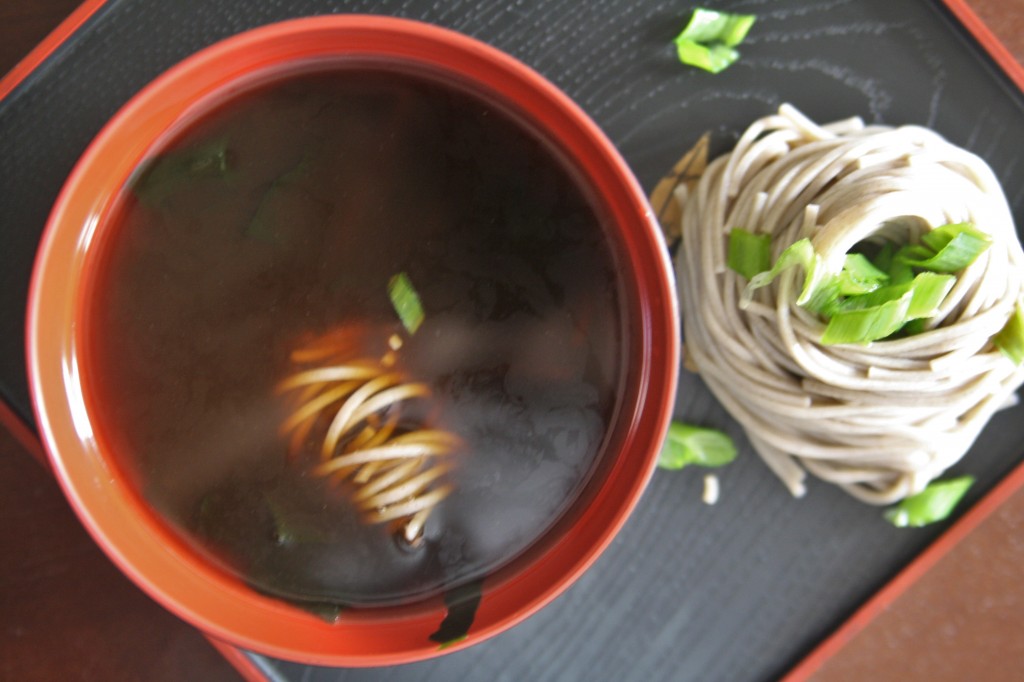
Zaru soba is cold buckwheat noodles traditionally served on a bamboo basket tray (zaru) with dipping sauce on the side. For the mentsuyu (dipping sauce), I used a dried kelp and bonito based dashi to give the stock the umami flavor, but you can also use other non-bonito based dashi. This is a helpful guide on the various types of dashi you can use.
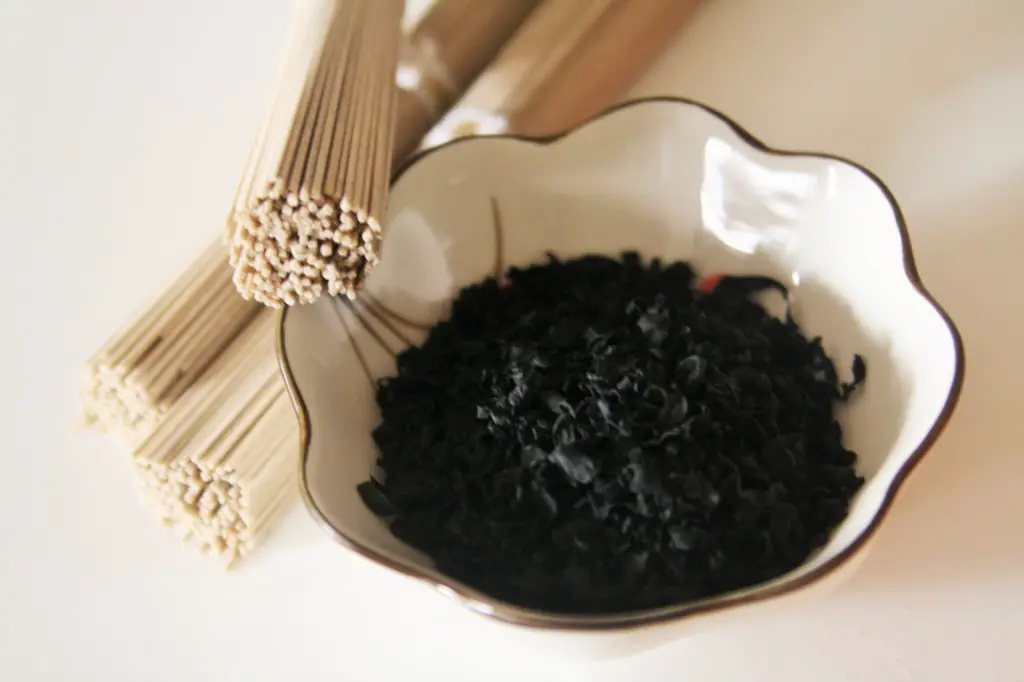 Soba is one of my favorite noodles because it is much healthier than white flour pasta or egg-based noodles; they have fewer calories, more nutrients, and are suitable for those on gluten-free diet (100% buckwheat noodles are available). It tastes great, too, of course, with a nutty flavor and wholesome texture.
Soba is one of my favorite noodles because it is much healthier than white flour pasta or egg-based noodles; they have fewer calories, more nutrients, and are suitable for those on gluten-free diet (100% buckwheat noodles are available). It tastes great, too, of course, with a nutty flavor and wholesome texture.
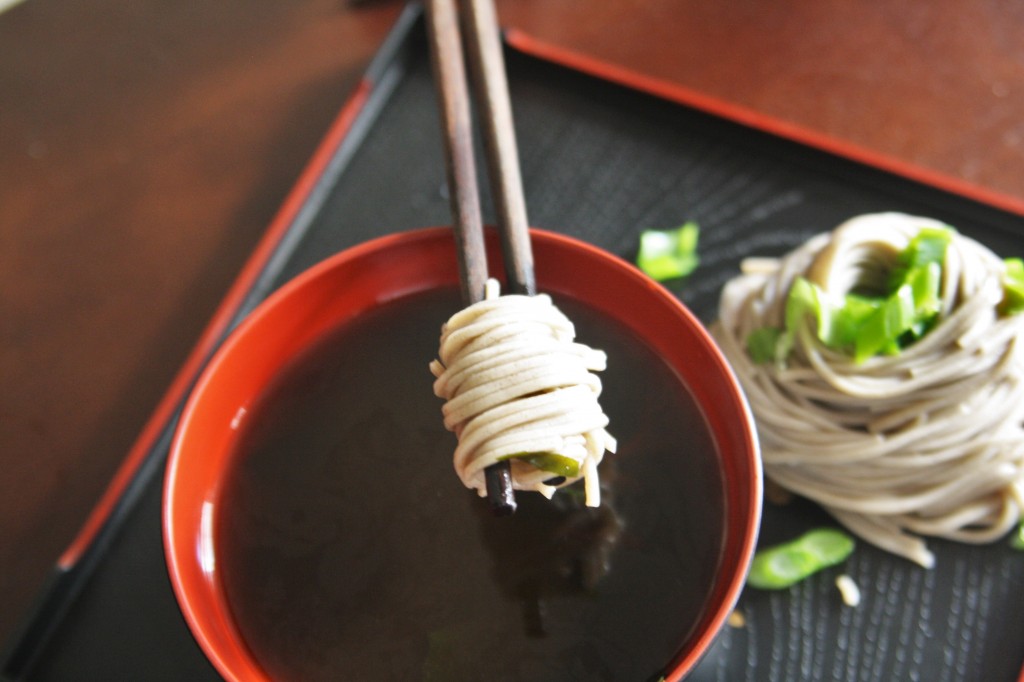
You can keep it simple and serve the soba with just the dipping sauce, or you can also dress it up with tempura, grated daikon, seaweed, or wasabi. Some use this recipe with a little of CBD oil for medical purposes, you can basically do this with any food, click here to order online and get more information and you can try it out with any food recipe you like.
Enjoy!
Zaru Soba (Cold Soba Noodles with Dipping Sauce)
Ingredients
- 12 oz dry soba noodles
- 1 cup dashi
- ¼ cup low-sodium soy sauce
- ¼ cup mirin
- ¼ cup bonito flakes optional
- 4 cups water
- 2 stalks scallions finely sliced, for garnish
Instructions
- Bring a large pot of water to a boil over high heat. Add the soba and reduce the heat to medium. Cook the noodles, uncovered, according to package instructions. Drain in a colander and rinse well in cold water.
- Transfer the soba to a baking sheet or plate lined with paper towels and drain until dry. Place in a bowl and refrigerate, covered, until completely chilled.
- In a small saucepan, combine dashi, soy sauce, mirin, bonito flakes, and water, and bring to a simmer. Remove from the heat. After five minutes, pass the mixture through a sieve, discard the solids, and chill the sauce in the refrigerator until ready for use.
- To serve, divide noodles among serving plates and serve with individual bowls of dipping sauce on the side. Dip small amounts of noodles into the sauce and eat.
Notes
*Mirin is a sweet, thick Japanese cooking wine. If not available, use ¼ cup of water plus 1 teaspoon of sugar instead. *Rinsing the noodles thoroughly under cold water to remove excess starch and to stop the cooking process. *Dried soba noodles can be found at most supermarkets (Whole Foods has both organic and gluten-free varieties). It’s a good idea to check the package label for the buckwheat to wheat ratio; the higher it is, the better quality the soba is.

